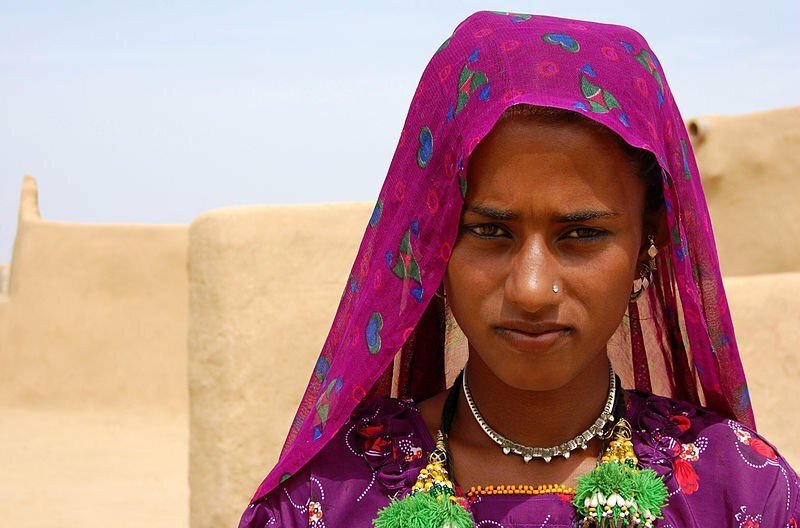
By Maj. Gen. (Retd.) Afsir Karim
Till recently terrorist and insurgent groups with external assistance like the Pakistan-sponsord Jihadis in J&K, left wing Maoist insurgents and insurgents in northeast India were the biggest pin-pricks for India’s internal security. But of late several fundamentalist and radical groups have sprung up causing religious/ethnic polarisation, socioeconomic unrest and new security concerns. This is a new phenomenon — still not been fully explored or studied in depth. It requires greater attention as it poses a silent long term threat to India’s integrity, unity and peace and progress.
If this climate of civil unrest spreads and the law-and-order situation deteriorates, terrorist and insurgents will also find ample space to intensify their violent and subversive movements.
India cannot afford to allow its territorial integrity and economic viability to be threatened by anti-national elements who plan to destabilise its socio-economic system and disturb the socio- cultural equilibrium. These elements are promoting terrorism, subversion, caste, religious and political strife to spread lawlessness and chaos. The danger posed by sponsored or domestic insurgencies and terrorism is well known but the future and shape of the new phenomenon that has lately appeared in the form of induced unrest in the civil society is still an obscure factor.
The Anna Hazare’s movement was symbolic of widespread discontent due to rampant corruption, political hypocrisy and poor governance. The spread of Maoist movements is yet another more dangerous manifestation of civil unrest but it is confined to certain remote belts of the country, unlike polarisation and socio-cultural civic unrest targeting large sections of the population in the heartland. All such movements show disdain for the parliamentary form of governance and pose a long term danger to country’ socio-economic system but the threat that hidden simmering unrest poses to the society and national security needs to be discerned clearly. Whether socio-religious polarisation will gain momentum or wither away is also not clear yet.
The dangers from the religious or ethnic unrest must be assessed more realistically and the potential of their turning into armed confrontation between certain segments of population must be assessed more objectively.

A civil movement along with subversive propaganda gains sympathy and mass support unnoticed in the initial stages by espousing popular common causes close to the heart of the people. This along with day to day problems like lack of piped water supply, price rise and non-availability essential commodities ignite the spark. Behind this smoke screen the subversives unleash propaganda against the elected government, with the help of religious and spiritual leaders. In the next stage the movement leaders may open old wounds by reminding people of the injustice done to their community in the past to encourage polarisation on communal or ethnic lines. A combination of civic and religious issues rapidly creates a simmering discontent among all segments of the population particularly the deprived and rootless lower strata segments that are ready to follow any one who gives them hope of a better quality of life.
If a fairly accurate, assessment is made of the problems rising from polarisation and ethno-social divides it would be possible to find ways and means to counter impending threats and reduce the discontent in the society. Anticipation of the changing political scenario and social and economic environments is also essential to foresee and forestall the future threats to our sociopolitical system and economic stability.
Beside the challenges posed by civil unrest the possibility of aggravation of internal security problems because of the subversive activities of the ISIL and al-Qaeda, fundamentalist groups within the country and Pakistani jihad groups must be examined at the highest level. It will be necessary to carry out net assessment of the overall situation and a general survey of socioeconomic environments; some factors that must be examined on a regular basis are:
- The current and likely future internal security challenges due to civil unrest.
- Aggravation of civil unrest due to wrong government responses.
- Threats of violence, passive resistance and fasts by subversive groups in various forms.
- Role of mob violence in congested urban centres in escalating violence on behest of anti national elements.
- Impact on the law and order situation due to displacement of population caused by various development projects.
The causes and effects of the conflicts, the role of external powers in sponsoring terrorism, the instigation of communal violence and other kinds of political or social upheavals which can create mass-scale unrest and violence in large parts of the country must be examined very carefully and long term measures put in place to counter such threats.
The country cannot allow a segment of the society to spread communal or ethnic hatred or dictate terms to the people or the government agencies. The claims of mass support by separatist organisations in Kashmir and northeast India, hate-mongers in various segments of the society should be exposed politically but use of force may be unavoidable to put a stop to their armed and subversive activities.

